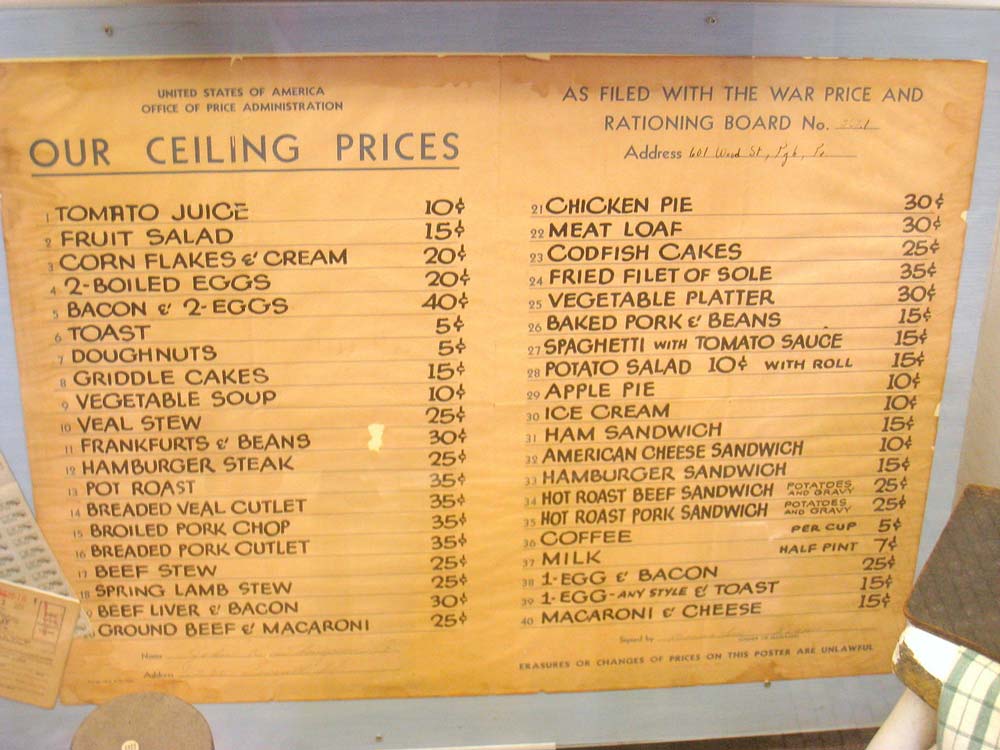 Following the beginning of World War II, The Office of Price Administration was established to control rents and the overall cost of items that might be affected by the conflict. Executive Order 8875 was implemented on August 28, 1941. This proclamation was set up within the United States Office of Emergency Management. Its main purpose was price control.
Following the beginning of World War II, The Office of Price Administration was established to control rents and the overall cost of items that might be affected by the conflict. Executive Order 8875 was implemented on August 28, 1941. This proclamation was set up within the United States Office of Emergency Management. Its main purpose was price control.
Previously, in mid-1940s, President Franklin Delano Roosevelt had reinstated a World War I advisory board for national defense. At the time, it was the council’s responsibility to oversee consumer protection and price stabilization. These two functions were then merged into OPAC (Office of Price Administration and Civilian Supply).
Scope
With the advent of the Emergency Price Control Act of 1942, the OPA became its own agency. Its powers included the rationing of items which were in short supply due to the war. Some of these included processed foods, meat, coffee, oil and gas, sugar, nylon, cars, tires and even shoes. Additionally, the OPA had the power to limit all prices with the exception of agricultural goods. At its high point, nearly 90 percent of U.S. retail food prices were held in check. Some financial assistance was also awarded to produce some of these commodities.
Abolishment
In late 1946, much of what the OPA had been responsible for was handed over to the Office of Temporary Controls. Money matters were taken over by the Federal Trade Commission. The Office of Price Administration was officially closed on May 29, 1947 after seven years of existence. Much of its work continued however under the auspices of different governmental agencies. For instance, the allocation of sugar and associated products was passed on to the Dept. of Agriculture. Rice was another commodity that became the responsibility of that bureau. Rent control was placed under the jurisdiction of the Office of the Housing Expediter. Any infringement of price control was litigated by the Dept. of Justice.